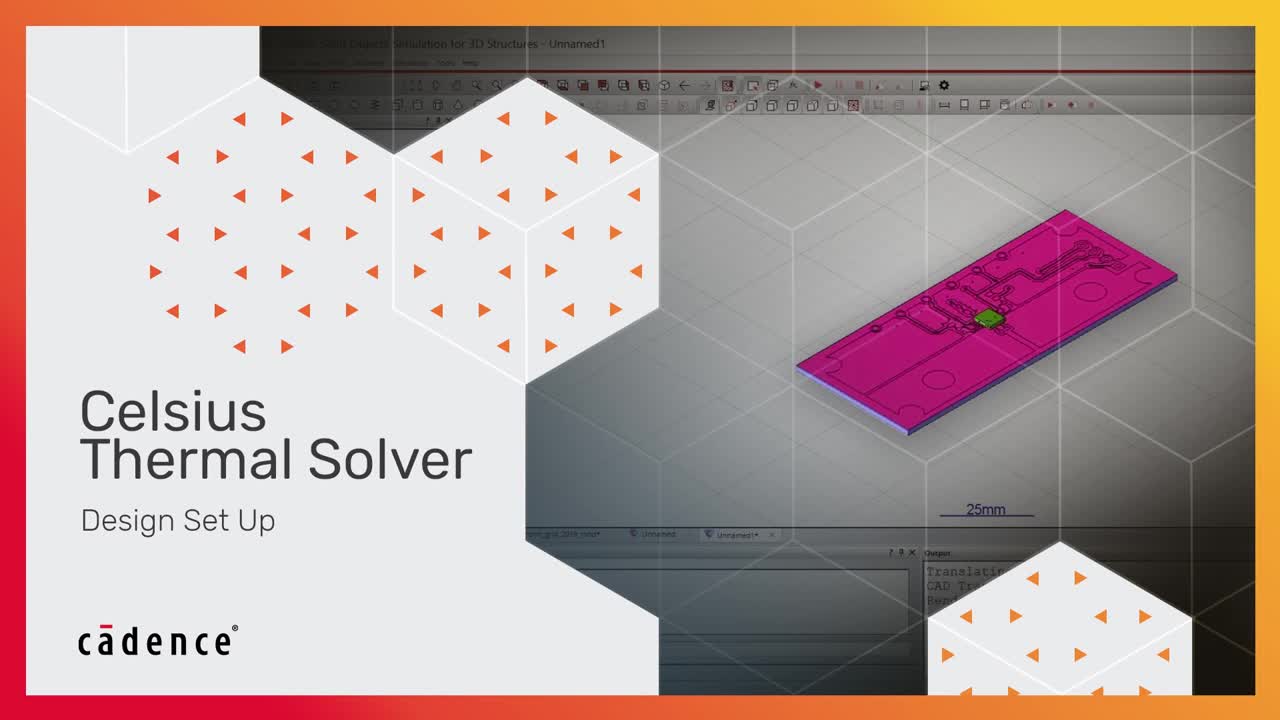Predicting Fatigue Life with PCB Thermal Analysis During PCB Inspection
Key Takeaways
-
The thermal reliability of a PCB can be tested with PCB thermal analysis.
-
Thermal reliability test procedures devised for thermal analysis meet IPC and MIL-STD standards.
-
PCB thermal analysis helps evaluate and predict the fatigue life of PCBs.
PCB thermal image
To ensure a device or product is up to specified standards, carefully inspecting electronics is an essential part of PCB manufacturing. In the PCB industry, PCB inspection is also critical to retaining the goodwill of an enterprise.
Generally, PCB manufacturers make sure only quality-assured circuit boards reach the market under their label. To ensure this, PCB manufacturers utilize various PCB inspection methods to detect faults in assembled boards. Only the PCBs that pass these inspection tests are lined up for selling.
PCB thermal analysis during PCB inspection is one such technique to check the ability of a board to withstand heat. In this article, we will take a closer look at why PCB thermal analysis during PCB inspection is so critical, but, first, let’s understand why inspections must happen in the first place.
The Importance of Conducting PCB Inspections
PCBs are the foundational blocks in any electronic product. A defect in a PCB or a fault in a component can result in the malfunctioning of the entire product. That is why PCB inspection is so critical. During PCB inspection, errors in the production stage are detected, reducing the probability of PCB failures and increasing the likelihood of customer satisfaction.
PCB Thermal Analysis During PCB Inspection
The thermal reliability of a PCB can be ensured through PCB thermal analysis. Thermal reliability test procedures devised for thermal analysis meet IPC and MIL-STD standards. The thermal testing of components and assembled boards checks the high electrical yield and the likelihood of the device having a long life. PCBs that pass thermal analysis during PCB inspection can withstand thermal shock, meaning the thermal stress generated during the normal operation of the board is not enough to harm it.
What Happens During Thermal Analysis?
During thermal analysis, the PCB board is repeatedly subjected to a range of temperatures. Thermal analysis techniques measure the behavior of the assembled PCB at these different temperatures. The analysis also takes into consideration the temperature cycle, thermal profile, and ambient temperature conditions likely to be experienced by the PCB inside the final product.
Predicting the Fatigue Life of PCBs
There can be hundreds of components soldered into a PCB. The large difference in the coefficient of thermal expansion (CTE) of the components and the PCB material can cause strain in the board structure, and the operating temperature is a catalyst in increasing that strain. The strain developed inside the board can sometimes induce fatigue or failure in the PCB. PCB thermal analysis helps to evaluate and predict the fatigue life of PCBs. The prediction of the fatigue life cycle of the board is important for extending the lifetime of the PCB.
The Right Tools Can Help With Thermal Analysis
PCB thermal analysis during PCB inspection is a physical process practiced by the top companies in the PCB manufacturing industry. However, thermal analysis techniques are not constrained to PCB manufacturers—PCB designers can use these techniques too. In fact, PCB designers introduced computational thermal analysis to simulate the effects of temperature on a PCB.
Cadence offers the Celsius Thermal Solver to help with the thermal analysis of PCBs.

Subscribe to our newsletter for the latest updates. If you’re looking to learn more about how Cadence has the solution for you, talk to us and our team of experts.